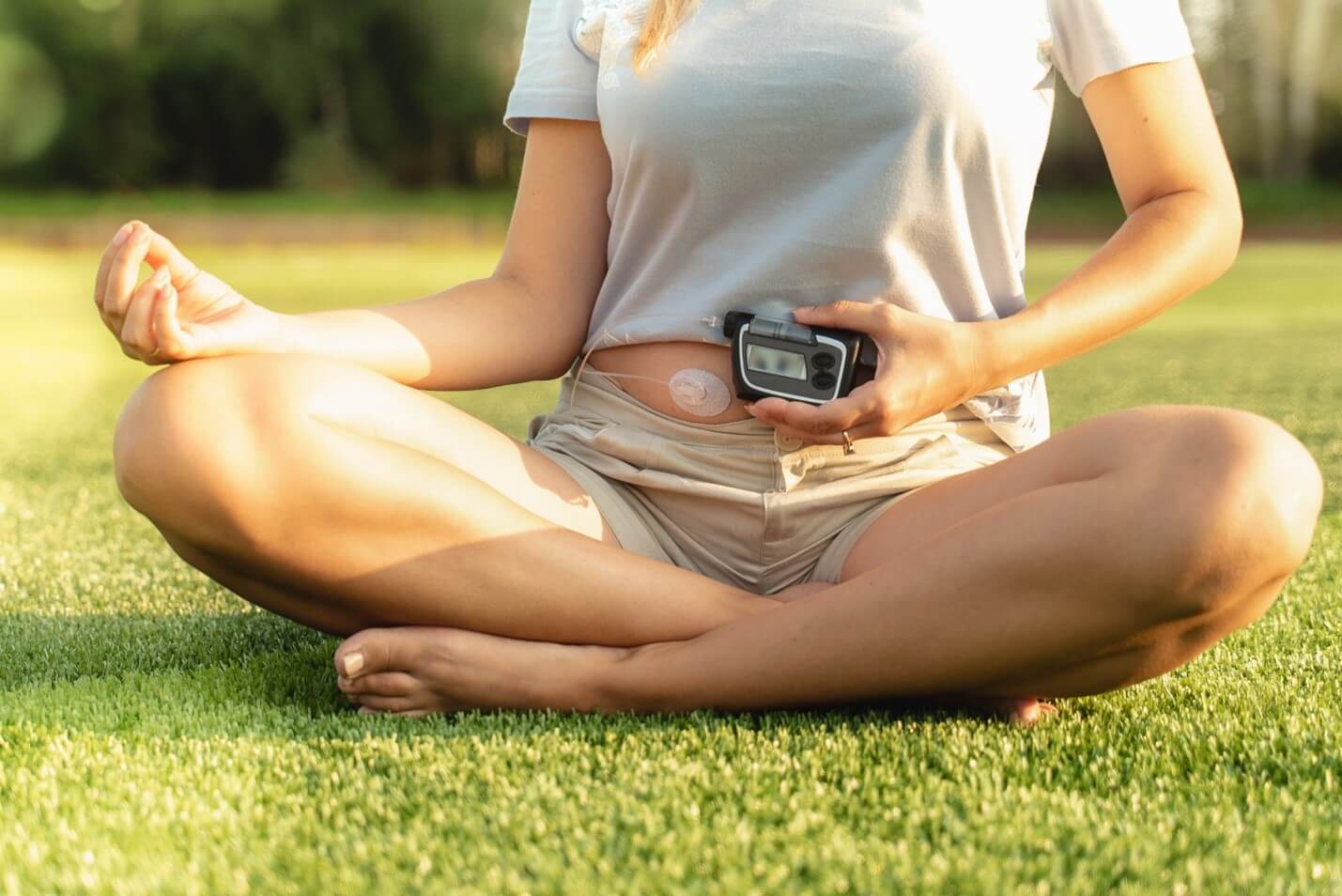by IHSG
Share
by IHSG
Share

There are very few things more upsetting, in the life of a physician, than having to speak with the parents of a young person who died. I still remember vividly the day I spoke to the parents of a 21 year old who died from ‘dead in bed’ (DIB) syndrome. They had found me on the Internet, and visited me in my city of Sheffield, UK to learn more about the syndrome. In addition to being devastated, they were angry. It seemed that nobody had told them about the syndrome, and they insisted the family should have been warned of the risks.
What followed was a difficult discussion in which I tried to explain the risks and benefits of bringing up the syndrome to young people with diabetes and their families. I noted that this mode of death was very rare and that discussing it was liable to cause disproportionate fear, thus eroding everyone’s quality of life.
At the same time, I took the parents’ words to heart: is there a way for professionals to discuss the syndrome with families without unduly scaring them?
What and why
DIB syndrome denotes the sudden, unexplained nighttime deaths of people under 40 with type 1 diabetes. The patient is found dead in an undisturbed bed after having gone to sleep without undue medical concerns. DIB accounts for an estimated 6% of deaths in people with type 1 diabetes under 40.1 It bears noting that death from any cause is infrequent in this group, making DIB a very rare condition. Indeed, a UK survey, in 1991 of all deaths of people under 40 identified 22 deaths consistent with DIB syndrome—fewer than 1 in 10,000.2 What’s more, sudden unexplained death with no cause found at post-mortem can also occur in young people without diabetes, though one study found that it was about 10 times more frequent in diabetes.
While the etiology of DIB syndrome remains unclear and may vary from case to case, evidence to date suggests that the deaths could be caused by disturbances in cardiac repolarization (and thus rhythm) triggered by nighttime hypoglycaemia, with a possible contribution from cardiac autonomic neuropathy. Although epinephrine, produced when the body responds to hypoglycaemia is an important defence mechanism against severe hypoglycaemia, some studies have suggested that it may contribute to abnormal cardiac repolarization. Genetic studies have not uncovered any significant associations to date, though the numbers may be too small to tease out culprit genes.
Balanced discussion
So how does a physician discuss this frightening but rare syndrome with families? Let’s start with patients with frequent severe nocturnal hypoglycaemic episodes or parents who have witnessed their child having a nocturnal hypoglycaemic seizure. In my view, it is reasonable to ask whether they worry about nocturnal death from severe hypoglycaemia, then move into a discussion of DIB, emphasizing how rare it is.
And what about patients without a history of severe hypoglycaemia? In our current medicolegal climate, it makes sense to at least enquire whether they ever worry about the possiblity that a severe hypoglycaemic episode during the night might have serious consequences. However, the discussion should focus on reassurance.
In all cases, patients should be educated about strategies to minimize the risk. The greater their sense of control, the less likely they will live in fear. Above all, patients should know about measures to avoid nocturnal hypoglycaemia, such as monitoring blood glucose before going to sleep and larger bedtime snacks to compensate for borderline values. Such measures are especially important in people with IAH. The increasing use of continuous glucose monitoring as a clinical tool would provide further reassurance.
In patients with prolonged QT intervals at rest, medications associated with further prolongation should be discontinued. Some studies suggest that medications that act on the renin-antiogensin system, such as ACE inhibitors and angiotensin receptor blockers, have beneficial effects on cardiovascular autoregulation and may thus reduce the risk of DIB syndrome.3
On a health-systems level, coordinated collection of data from people who died of DIB syndrome—for instance, through patient registries—will enable us to identify at-risk individuals and better understand the condition.
References
- Dead in bed syndrome. Diabetes.co.uk. Accessed at https://www.diabetes.co.uk/diabetes-complications/dead-in-bed-syndrome.html
- Tattersall RB, Gill GV. Unexplained deaths of type 1 diabetic patients. Diabet Med 1991; 8:49-58.
- Weston PJ. Dead in bed syndrome: a review of the evidence. Diabetes Manage 2012; 2:233-41.






